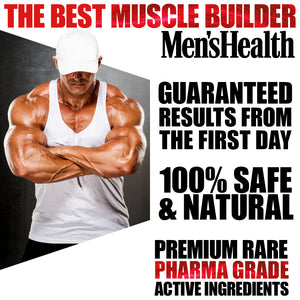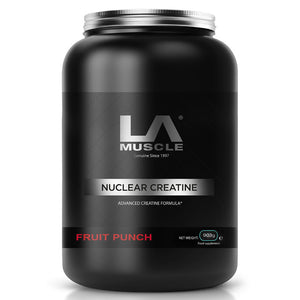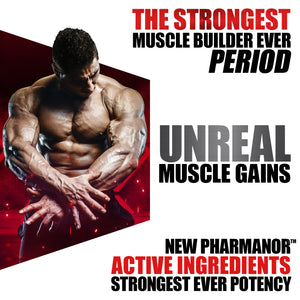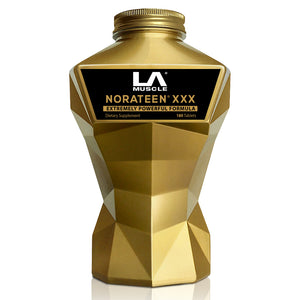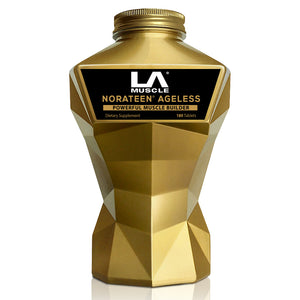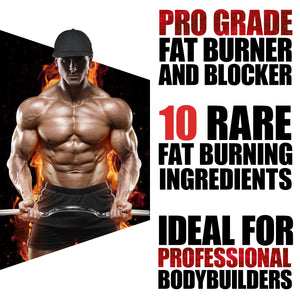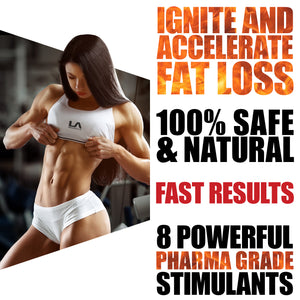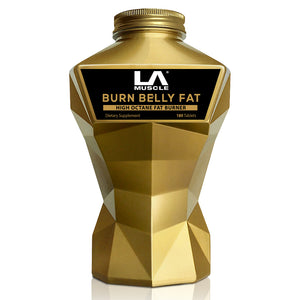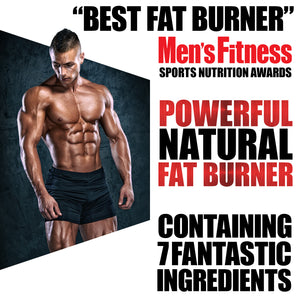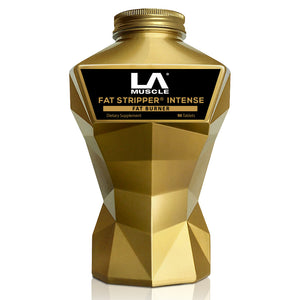
Understanding the components of fitness provides a blueprint for reaching fitness goals. The benefits of prioritizing physical fitness are well known, but knowing how fitness works, is the ultimate goal for optimal results.
The five components of fitness serve as a tool for creating workout routines that yield well-balanced results. You can also call it the 360-degree approach. The five components include the following:
- Cardiovascular endurance
- Muscular endurance
- Muscular strength
- Flexibility
- Body composition
Creating a workout routine and fitness plan that integrates these components is your best bet at getting the most health benefits from your workout.
Cardiovascular endurance
Cardiovascular endurance refers to your body's ability to take in oxygen and supply it to your tissues through the lungs, heart, arteries, and veins. By improving your cardiovascular endurance, you will be able to keep up with exercises like swimming, jogging, running, cycling, and others that forces your cardiovascular system to work for an extended time. Your heart and lungs are responsible for getting oxygen to your muscles.
The Cooper Run and Step tests are methods used by trainers to assess the cardiovascular endurance of athletes.
Muscular endurance
Your Muscles ability to perform contractions consistently for an extended period is called muscular endurance. It is one of the contributing factors to general muscular health. An example of muscular endurance is long-distance cyclists who continuously pedal for long periods over long distances. And sometimes up steep surfaces. For cyclists to pedal for long distances, they need to develop fatigue-resistance leg muscles. Another instance of muscle endurance at play is holding a plank to build core strength, which involves contracting your abdominal muscles for a long time.
Your health and fitness goals will determine how much focus you want to put on muscular endurance. Therefore, it is crucial to note that muscle endurance is muscle-group specific. And just like cyclists, you can choose to target specific muscle groups depending on your needs.
Muscular strength
Muscular strength is your ability to lift heavy objects. It is why you can engage in various daily activities that require lifting and exerting force. Without muscular strength, you cannot function properly, and your productivity will be at its lowest.
Muscular strength also refers to how fatigue-resistance a muscle group is and the amount of force it can produce in a short burst. Much like muscular endurance, it is muscle group-specific. What this means is your workout routine should target major muscle groups.
Building your muscular strength is determined by your health and fitness goals. For instance, if your focus is health-related, you want to be able to lift heavy boxes and walk up a flight of stairs.
Flexibility
Flexibility is the range of motion you can achieve around a specific joint. Like muscular strength and endurance, it is joint-specific. For example, you can have very flexible hips but tight shoulders or inflexible hamstrings.
Flexibility is essential across all ages as it provides unhindered movement, coordination, agility, and balance. Maintaining a full range of motion around your joints prevents injuries and improves athleticism. The importance of flexibility becomes clearer as you grow older. This explains why the elderly tend to walk very slow or struggle to make simple body movements.
A lack of flexibility reduces the quality of life because you can hardly perform regular daily tasks, such as picking up items off the ground or moving to counter your balance should you start to fall. Maintaining a healthy and active lifestyle can help your keep some of your flexibility when you get old.
Body composition
Body composition is the body's fat to free-mass ratio. This fitness component is one of the main reasons many people want to get fit or engage in strength training to build muscle mass. Also, many people frown at high body fat because it is related to many health conditions such as heart diseases and type 2 diabetes.
Improving your body composition is tied to working on the other four components of fitness. If your workout routine effectively integrates cardio, strength training, and flexibility-related exercise, there is a high chance that you are developing muscle and burning fat in the process.


